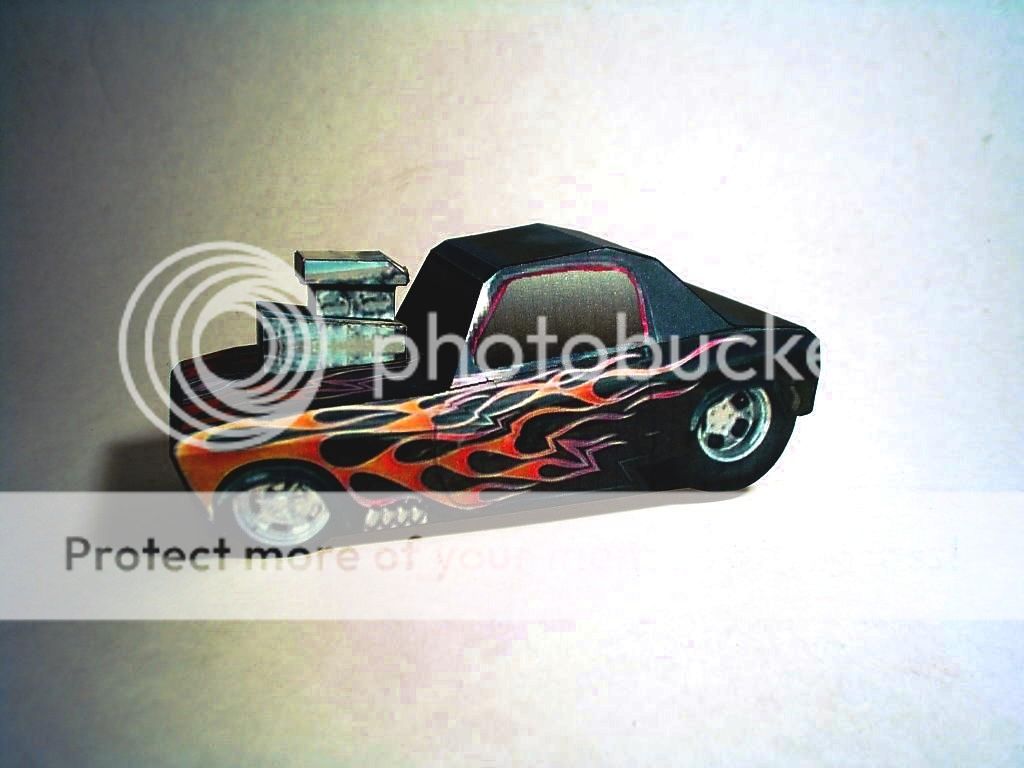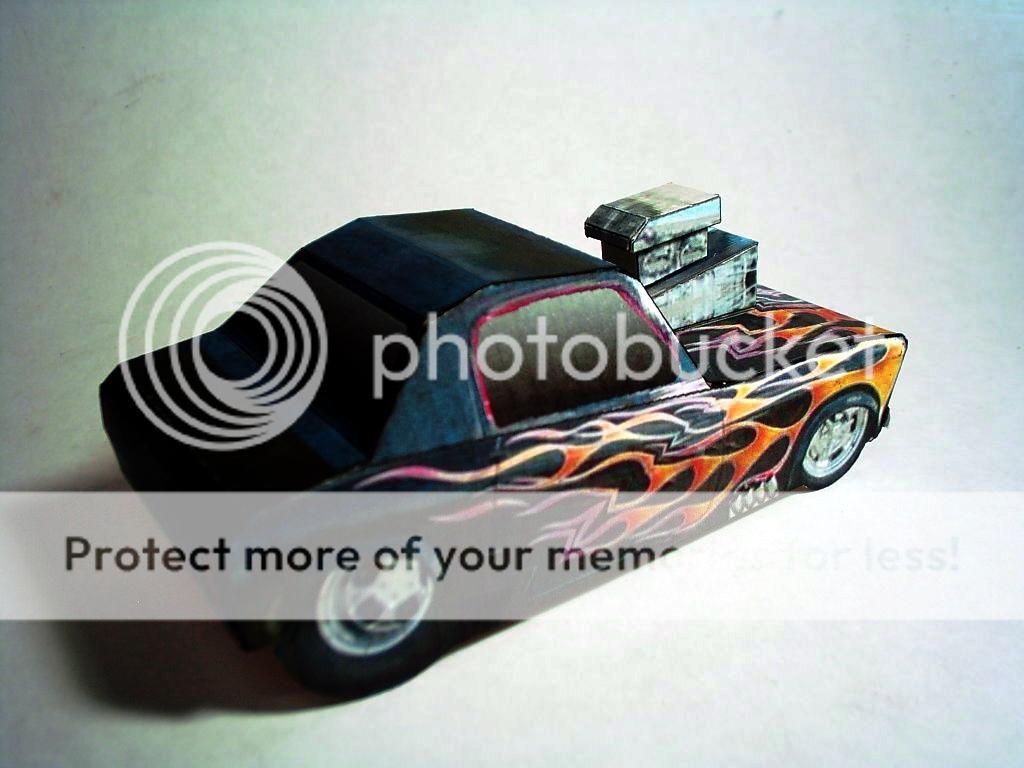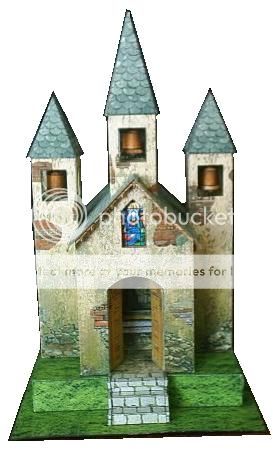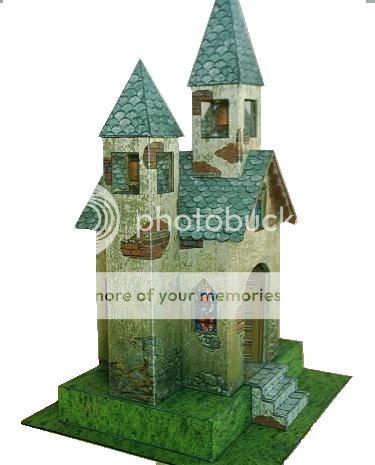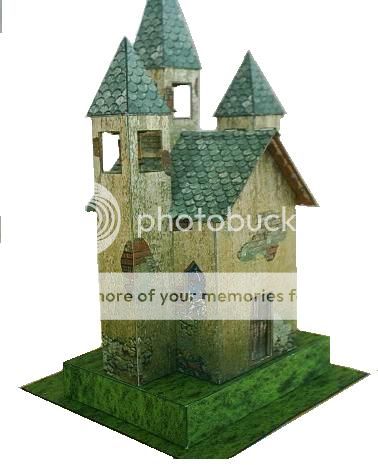The Seven Wonders of the World (or the Seven Wonders of the Ancient World) refers to remarkable constructions of classical antiquity listed by various authors in guidebooks popular among the ancient Hellenic tourists, particularly in the 1st and 2nd centuries BC. The most prominent of these, the versions by Antipater of Sidon and an observer identified as Philon of Byzantium, comprise seven works located around the Mediterranean rim. The original list inspired innumerable versions through the ages, often listing seven entries. Of the original Seven Wonders, only one—the Great Pyramid of Giza, the oldest of the ancient wonders—has remained relatively intact until the present day. - Wikipedia
As sete maravilhas do mundo (
também conhecidas como sete maravilhas do Mundo Antigo) são uma famosa lista de majestosas obras artísticas e arquitetônicas erguidas durante a
Antiguidade Clássica, cuja origem atribui-se a um pequeno poema do poeta grego
Antípatro de Sídon.Das sete maravilhas, a única que resiste até hoje praticamente intacta é a
Pirâmide de Quéops, construída há quase cinco mil anos. É interessante que na Grécia se encontrava apenas a estátua de
Zeus em
Olímpia, construída em ouro e marfim com 12 metros de altura. A idéia que se tem dela vem das moedas de Elis onde foi cunhada a figura da
estátua de Zeus.
Hanging Gardens of Babylon - Jardins Suspensos da Babilônia
 Diodorus Siculus
Diodorus Siculus described multi-levelled gardens reaching 22 metres (75 feet) high, complete with machinery for circulating water. Large trees grew on the roof. Built by
Nebuchadnezzar II for his wife
Amytis of Media.
Os Jardins Suspensos da Babilônia são as maravilhas menos conhecidas, já que até hoje encontram-se poucos relatos e nenhum sítio arqueológico foi encontrado com qualquer vestígio do monumento. O único que pode ser considerado "suspeito" é um poço fora dos padrões que imagina-se ter sido usado para bombear água. Foram construídos por volta de 600 a.C., às margens do rio Eufrates, na Mesopotâmia - no atual sul do Iraque.
Mausoleum of Halicarnassus - Mausoléu de Halicarnasso
 Stood approximately
Stood approximately 45 meters (150 feet) tall, with each of the four sides adorned with sculptural reliefs. Origin of the word mausoleum, the tomb built for
Mausolus, a satrap in the
Persian Empire.
O mausoléu de Halicarnasso foi o suntuoso túmulo que a
rainha Artemísia II de
Cária mandou construir sobre os restos mortais de seu irmão e marido, o rei Mausolo, em 353 a.C.. Foi construído por dois arquitetos gregos — Sátiro e Pítis — e por quatro escultores gregos — Briáxis, Escopas, Leocarés e Timóteo.
Hoje, os fragmentos desse monumento são encontrados no Museu Britânico, em Londres, e em Bodrum, na Turquia. A palavra mausoléu é derivada de Mausolo.
Statue of Zeus at Olympia - Estátua de Zeus em Olímpia
 Occupied the whole
Occupied the whole width of the aisle of the temple that was built to house it, and was 12 meters (40 feet) tall. Only wonder to be moved from original location.
A estátua de Zeus em Olímpia foi construída no século
V a.C. por
Fídias, em homenagem ao rei dos deuses gregos —
Zeus. A estátua, construída em ouro e marfim e decorada com pedras preciosas, possuía 12 metros de altura. Após 800 anos foi levada para
Constantinopla (hoje Istambul), onde acredita-se ter sido destruída em
462 d.C. por um terremoto.
Colossus of Rhodes - O Colosso de Rhodes
 A giant statue
A giant statue of the Greek god
Helios, god of the sun, c. 35 m (110 ft) tall.
O Colosso de Rodes era uma gigantesca estátua do deus grego
Hélios colocada na entrada marítima da ilha grega de
Rodes. Ela foi finalizada em 280 a.C. pelo escultor Carés de Lindos, tendo 30 metros de altura e setenta toneladas de bronze, de modo que qualquer barco que adentrasse a ilha passaria entre suas pernas, que possuía um pé em cada margem do canal que levava ao porto. Na sua mão direita havia um farol que guiava as embarcações à noite. Apesar de imponente, ficou em pé durante apenas 55 anos, sendo abalada por um terremoto que a jogou no fundo da baía. E no fundo do mar ainda era tão impressionante que muitos viajaram para vê-la lá em baixo, onde foi esquecida até a chegada dos árabes, que a venderam como sucata.
Temple of Artemis at Ephesus - Templo de Ártemis, em Éfeso
 Dedicated
Dedicated to the
Greek goddess Artemis, it took 120 years to build.
Herostratus burned it down to achieve lasting fame. Rebuilt by
Alexander the Great only to be destroyed again by the Goths.
O templo de Artemis em Éfeso, construído para a deusa grega da caça e protetora dos animais selvagens, foi o maior templo do mundo antigo. Localizado em
Éfeso, atual
Turquia, o templo foi construído em 550 a.C. pelo arquiteto cretense Quersifrão e por seu filho, Metagenes. Após concluído virou atração turística com visitantes de diversos lugares entregando oferendas, e foi destruído em 356 a.C. por
Heróstrato, que acreditava que destruindo o templo de
Ártemis teria seu nome espalhado por todo o mundo.
Lighthouse of Alexandria - O Farol de Alexandria
 Between
Between 115 and 135 meters (380 – 440 ft) high, it was among the tallest structures on Earth for many centuries. The name of the island that it was built on,
Pharos, eventually became the
Latin word for
lighthouse,
pharos.
O Farol de Alexandria foi construído a mando de Ptolomeu I no ano 280 a.C. pelo arquiteto e engenheiro grego Sóstrato de Cnido. Era uma torre de mármore situada na ilha de Faros (por isso, "farol"), próxima ao porto de Alexandria, Egito, no alto da qual ardia uma chama que, através de espelhos, iluminava até 50 km de distância, daí a grande fama e imponência daquele farol. À excepção das pirâmides de Gizé, foi a que mais tempo durou entre as outras maravilhas do mundo, sendo destruída por um terremoto em 1375. Suas ruínas foram encontradas em 1994 por mergulhadores, o que depois foi confirmado por imagens de satélite.
Great Pyramid of Giza - A Grande Pirâmide de Gizé
 It's 756 feet long on each side
It's 756 feet long on each side, 450 feet high and is composed of 2,300,000 blocks of stone, each averaging 2 1/2 tons in weight. Despite the makers' limited surveying tools, no side is more than 8 inches different in length than another, and the whole structure is perfectly oriented to the points of the compass. Even in the 19th century, it was the tallest building in the world and, at the age of 4,500 years, it is the only one of the famous
"Seven Wonders of the Ancient World" that still stands. Even today it remains the most massive building on Earth. It is
the Great Pyramid of Khufu, at Giza, Egypt.
Ao contrário do que muitos pensam é apenas a
Pirâmide de Quéops (e não todas as três grandes Pirâmides de Gizé) que faz parte da lista original das Sete Maravilhas do Mundo.
A Pirâmide de Quéops foi construída há mais de 4500 anos, por volta do ano 2550 a.C., e é também chamada de
Grande Pirâmide de Gizé ou apenas
Grande Pirâmide. A majestosa construção de 147 metros de altura foi a maior construção feita pelo homem durante mais de quatro mil anos, sendo superada apenas no final do século XIX (precisamente em 1889), com a construção da
Torre Eiffel. A
Grande Pirâmide de Gizé foi construída como tumba real para o faraó
Khufu (que dá nome à pirâmide). O curioso é que a pirâmide de
Queóps já era a mais antiga dentre todas as maravilhas do mundo antigo (afinal, na época já fazia mais de dois mil anos que havia sido construída) e é justamente a única que se mantém até hoje.
Link: The.Seven.Wonders.Of.The.Ancient.World - by Fix & Fox


